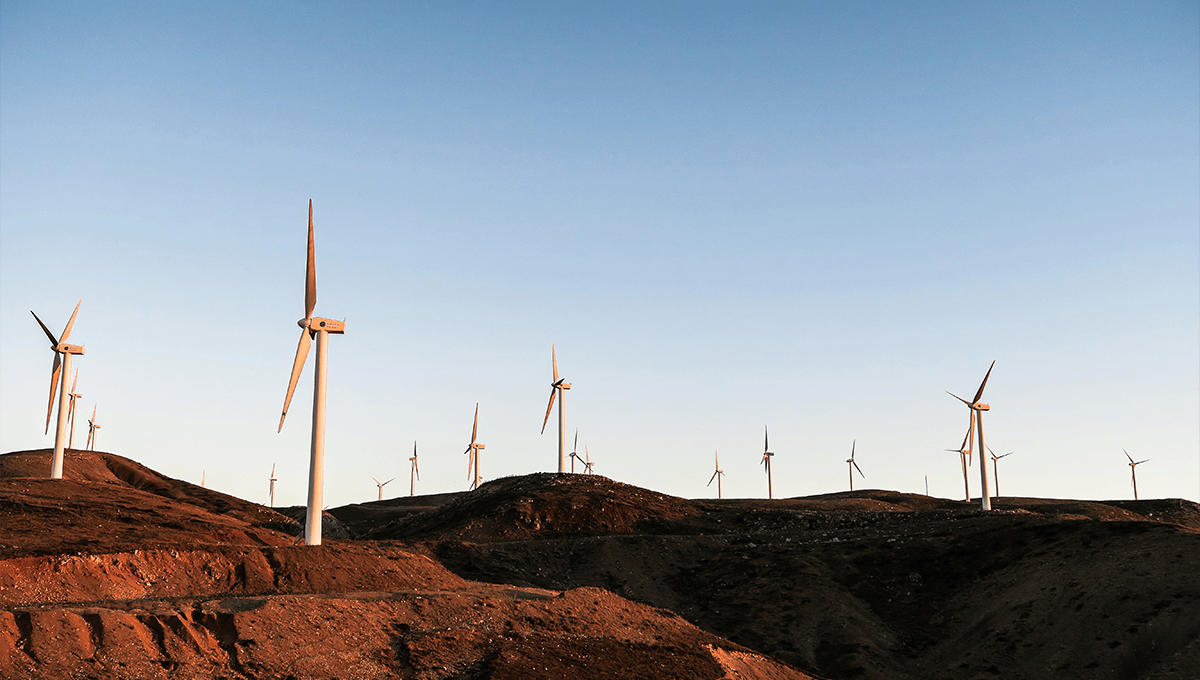
© Jason Blackeye
For the first time ever in the Old World, wind farms can produce more electricity than coal-fired power plants. Actual output, however, still lags behind.
While gas is still the leading energy source in Europe, wind power is gaining ground and now ranks second in electrical power production, with a total capacity of 153.7 GW according to industry association WindEurope’s annual report. In 2016, 12.5 GW were added to Europe’s wind-power capacity, mainly on land (10.9 GW) even as offshore wind farms are making gains (with a capacity of 1.56 GW).
Why is the power-generation hierarchy being reshuffled? Last year, certain countries beat their own records for available wind-power capacity, including France (with 1.6 GW), the Netherlands (887 MW), Finland (570 MW), Ireland (384 MW) and Lithuania (178 MW). Germany remains in the lead, accounting for 44% of European facilities (with a total output of 5.5 GW). Despite the great number of power installations, more than half of the countries in the EU made no investment in wind power last year, according to Gilles Dicksons, CEO of WindEurope.
Available capacity and actual output
It is important not to mistake available production capacity for actual power output. As in the case of other renewable energy sources, wind power has a lower output than conventional forms of energy. Despite advances, wind power accounted for only 10.4% of electricity consumption in Europe in 2016, a slight downturn compared with 2015 (10.7%).
07/06/2017



